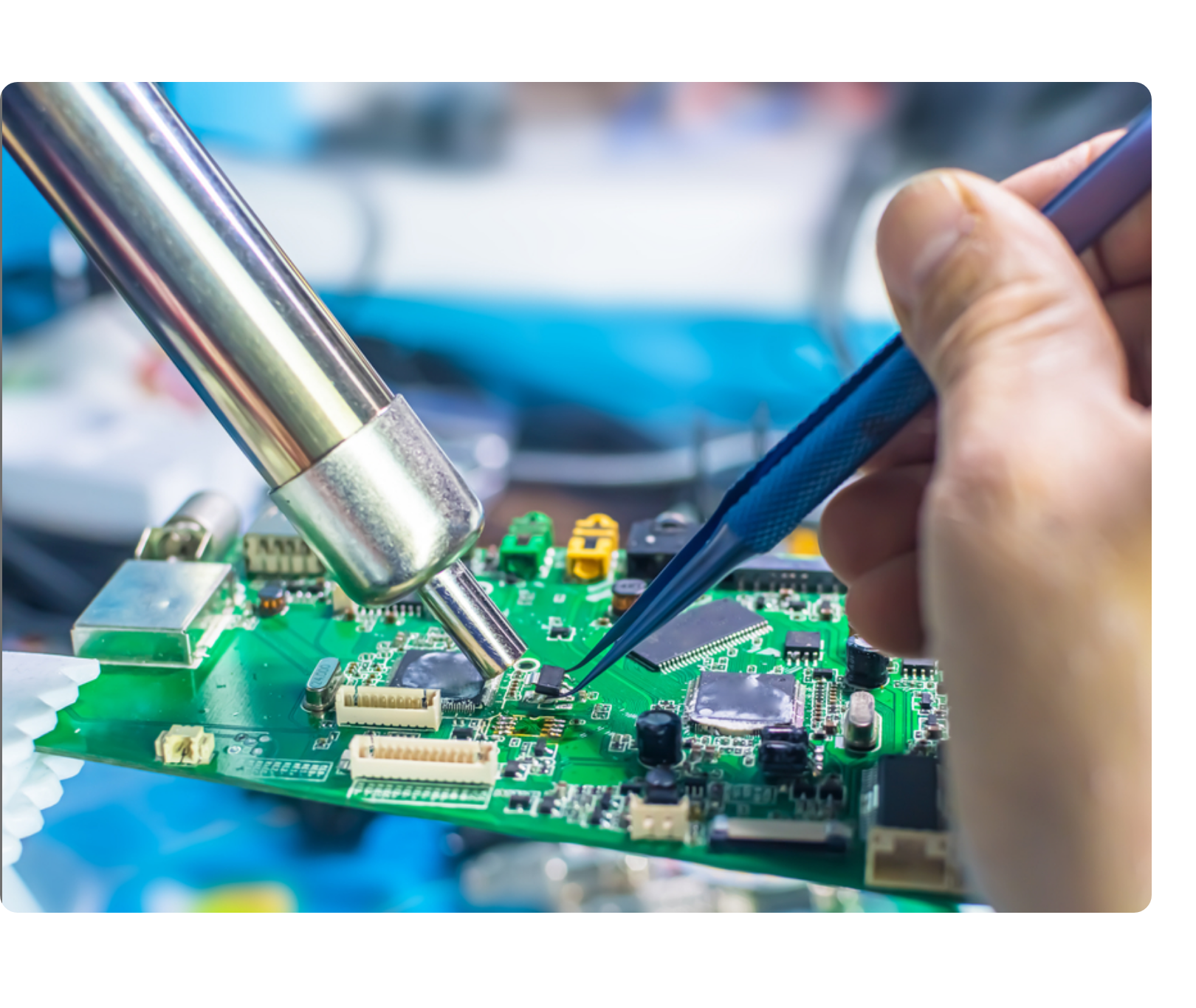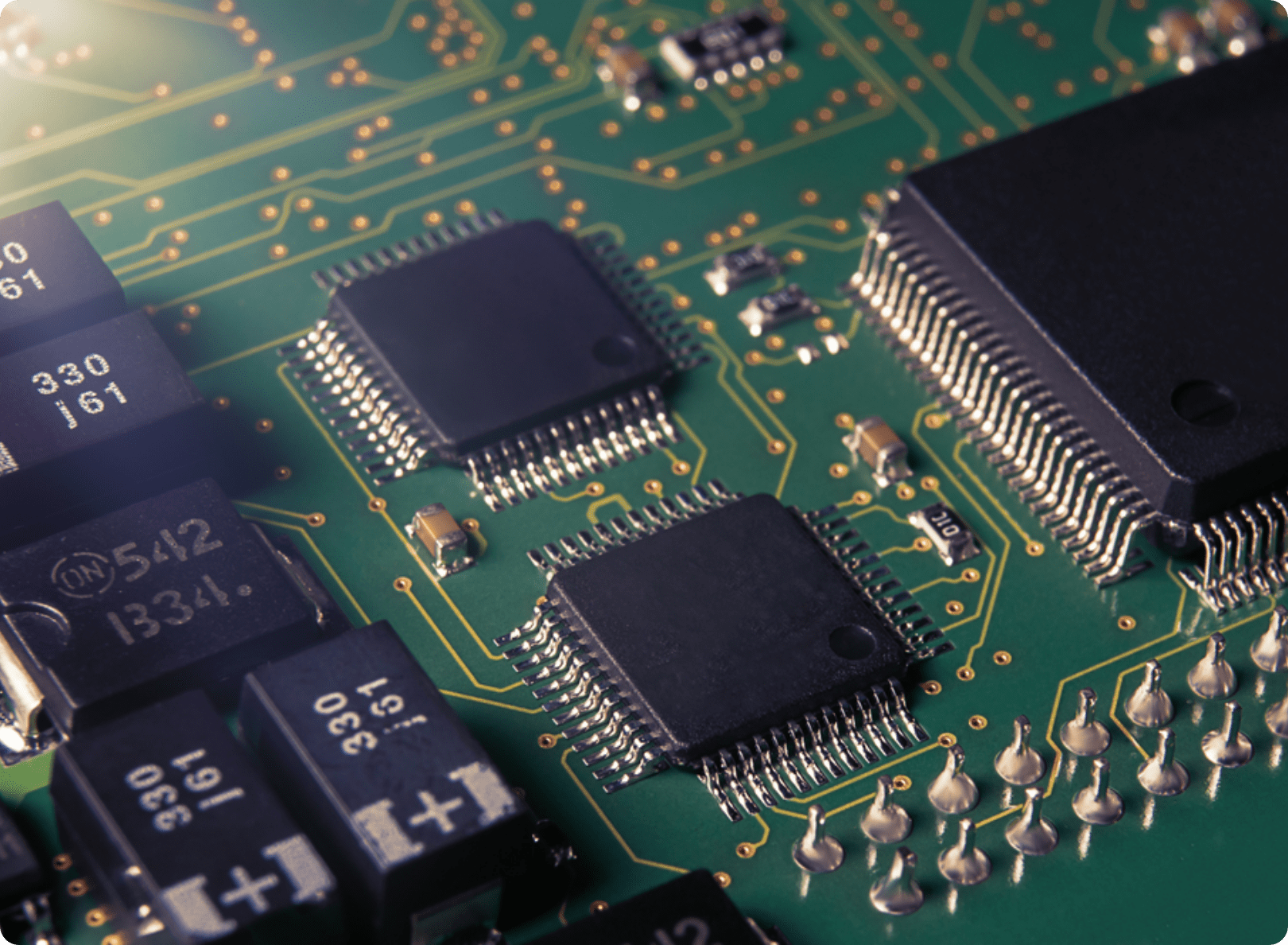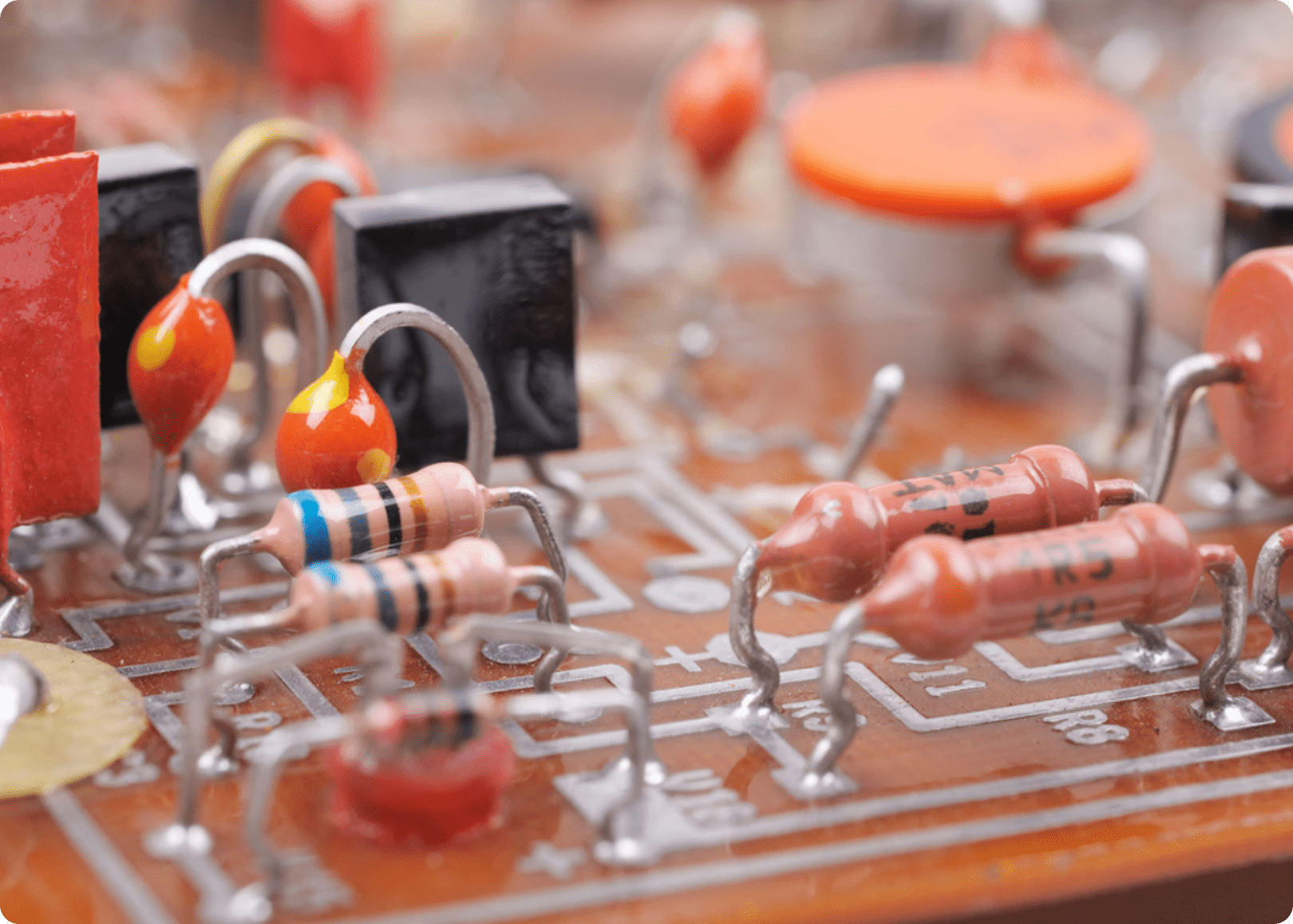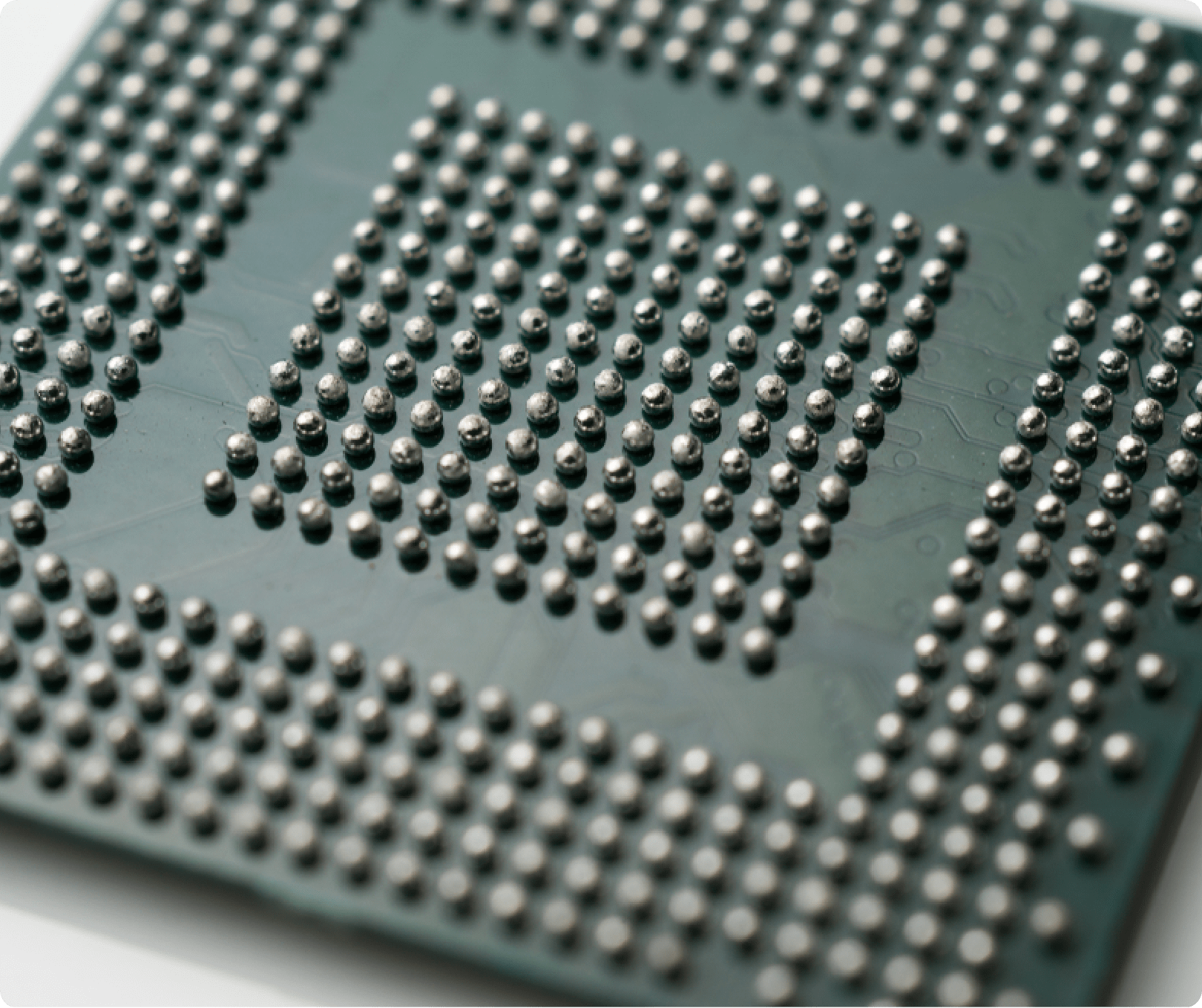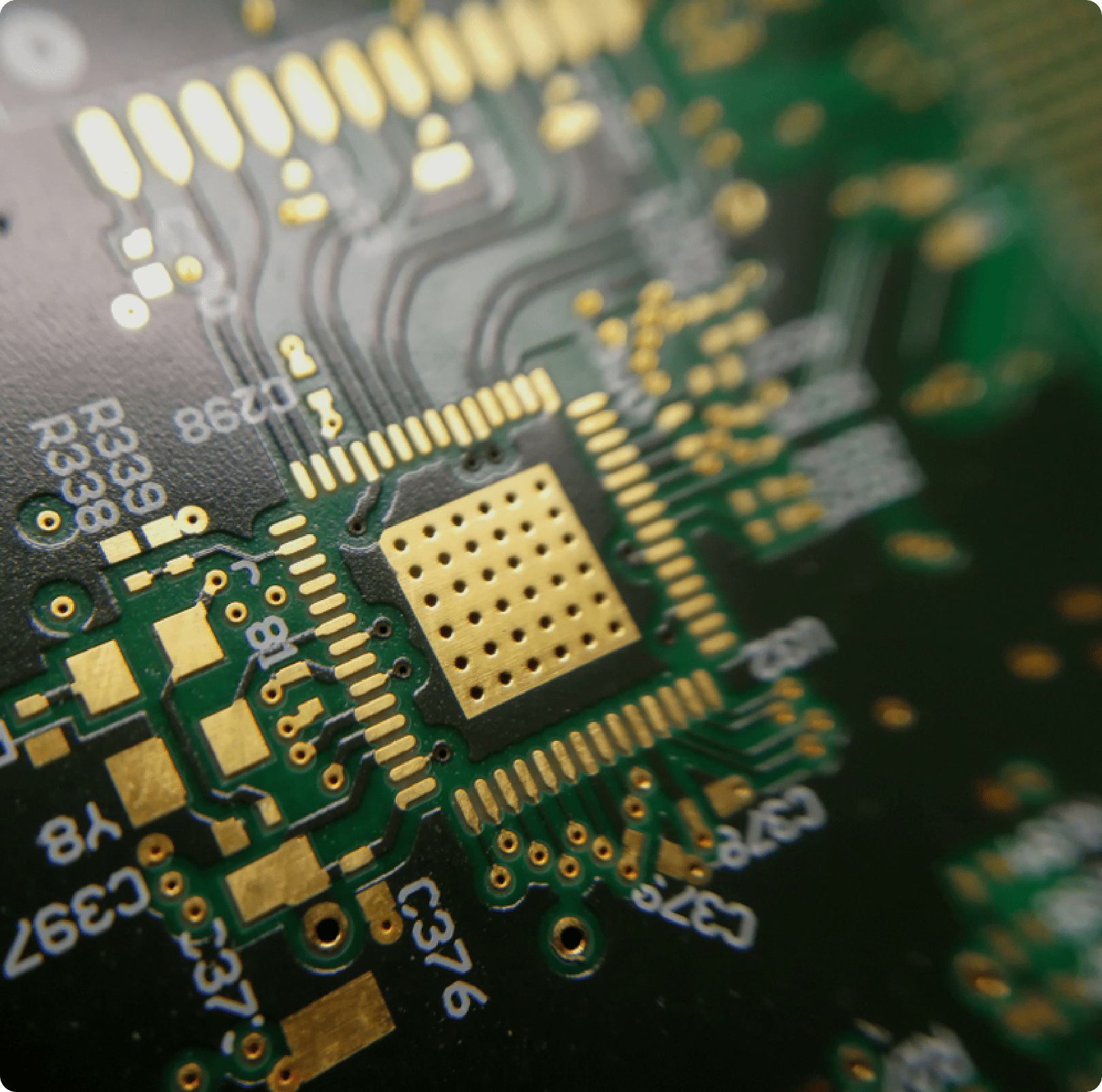Printed Circuit Board Rework and Repair Services
PCB (Printed Circuit Board) rework refers to the process of making modifications or repairs to a circuit board after it has been assembled. We can repair a variety of circuit board defects including:
- Corners and Edges
- Pad and Trace Repair
- Gold Fingers Re-finish
- Plated Hole Repair
- Add, remove, or replace
Solder Mask and Coating Materials
